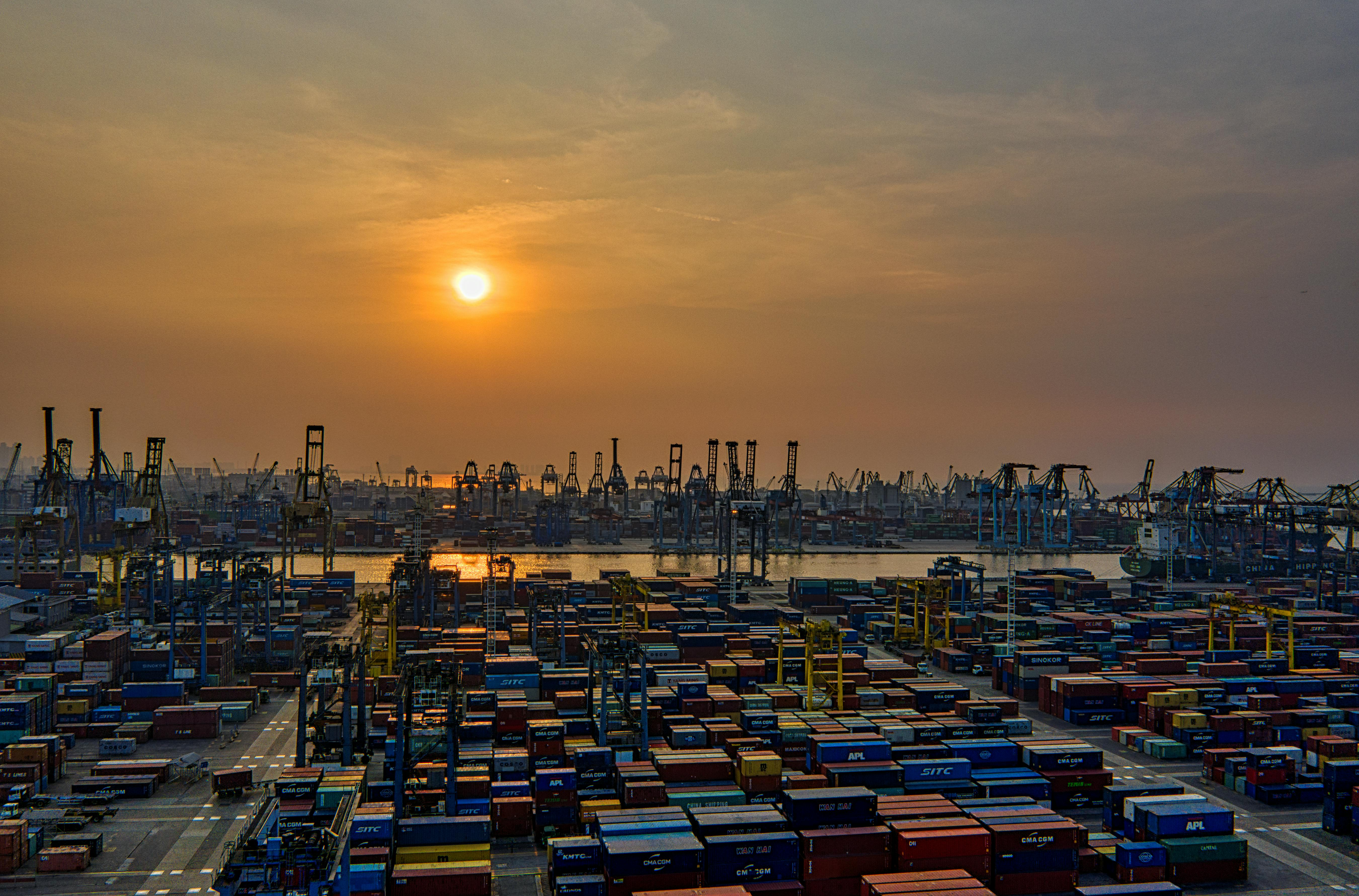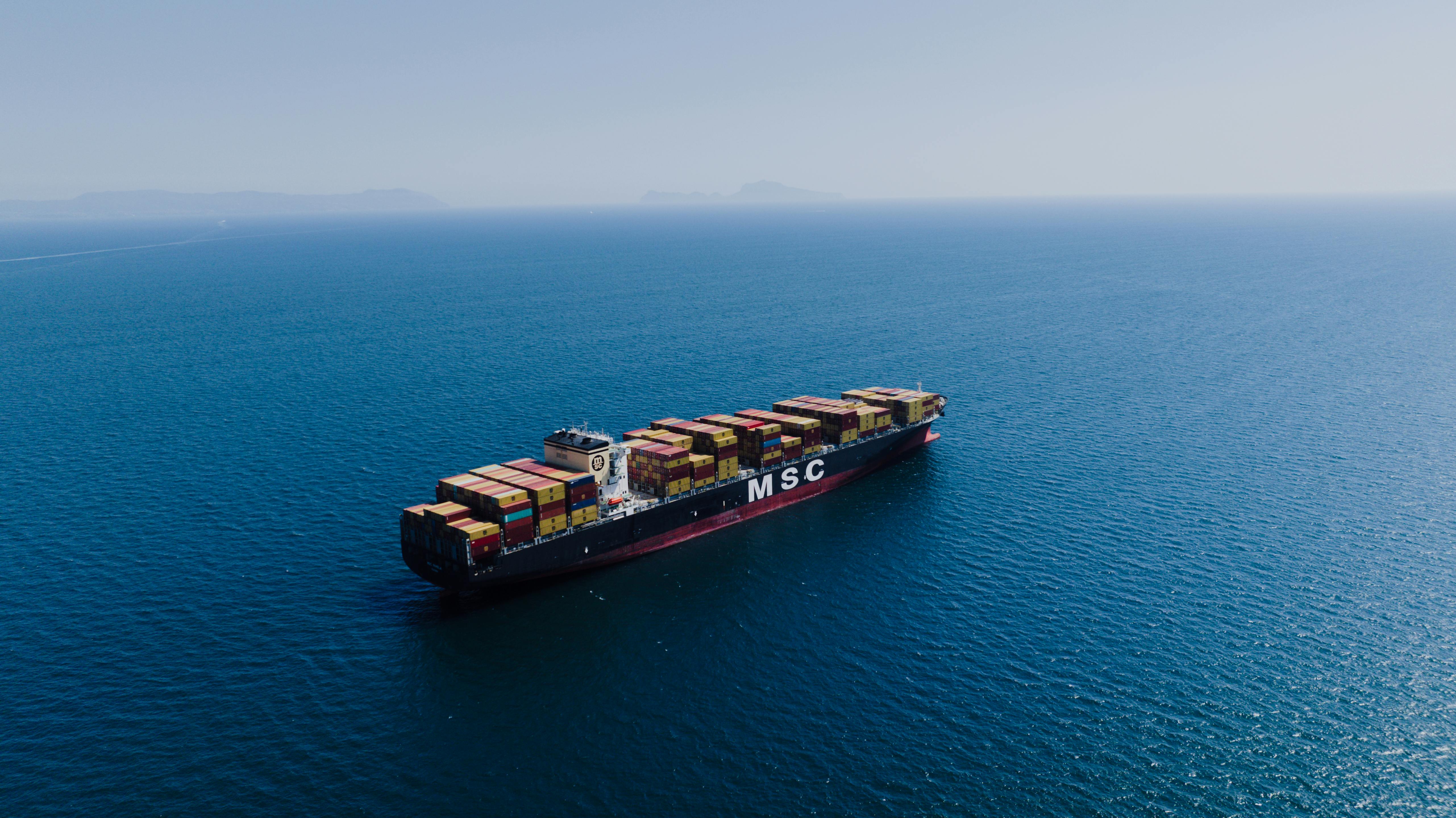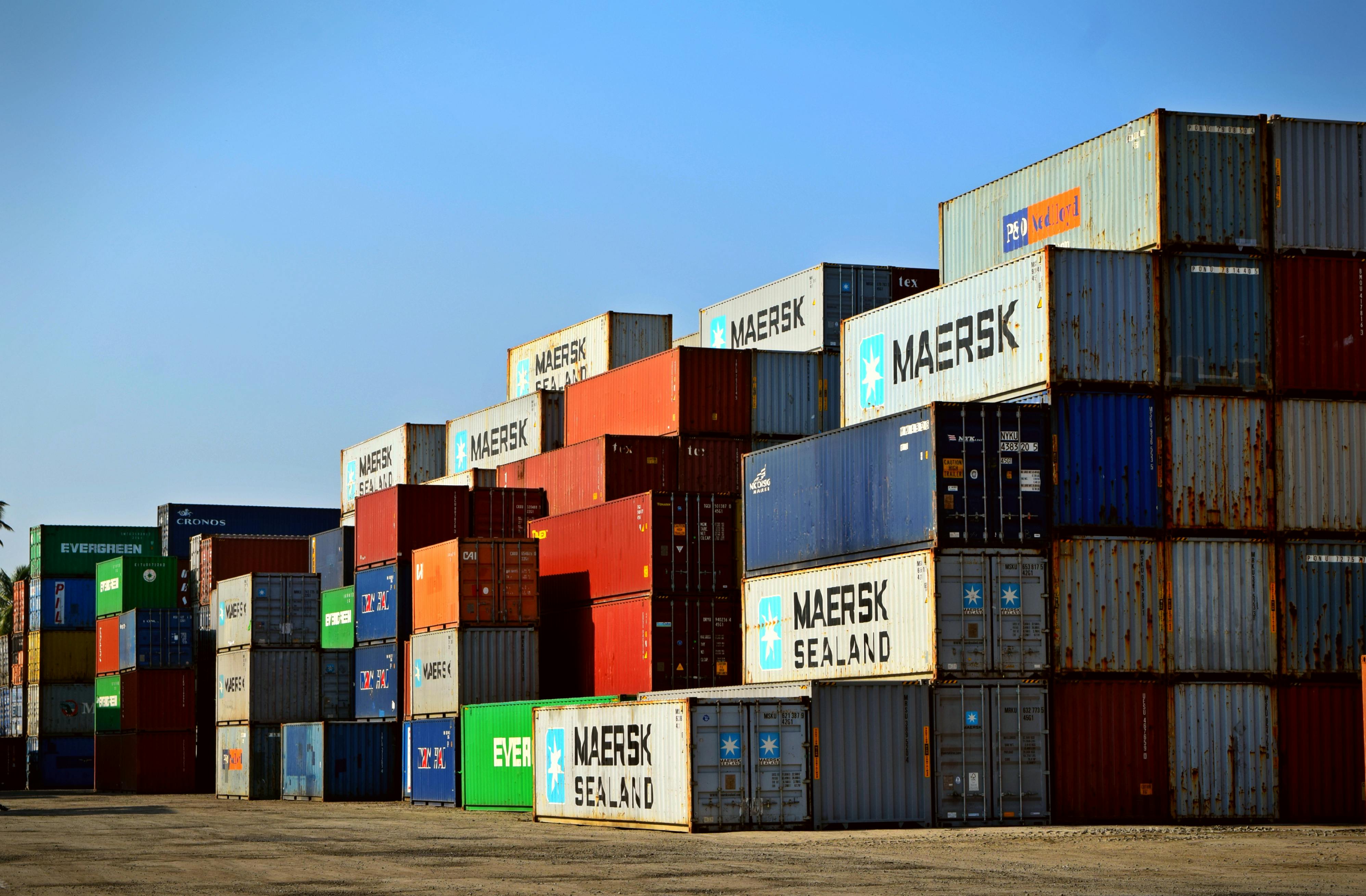Commerce is the organized system of activities, functions, procedures and institutions that directly or indirectly contribute to the smooth, unhindered exchange (distribution through transactional processes) of goods, services, and other things of value at the right time, place, quantity, quality and price through various channels among the original producers and the final consumers within local, regional, national or international economies.[1][2][3][4][5] The diversity in the distribution of natural resources, differences of human needs and wants, and division of labour along with comparative advantage are the principal factors that give rise to commercial exchanges.[6]
Commerce consists of trade and aids to trade[5] (i.e. auxiliary commercial services) taking place along the entire supply chain. Trade is the exchange of goods (including raw materials, intermediate and finished goods) and services between buyers and sellers in return for an agreed-upon price at traditional (or online) marketplaces. It is categorized into domestic trade, including retail and wholesale as well as local, regional, inter-regional and international/foreign trade (encompassing import, export and entrepôt/re-export trades). The exchange of currencies (in foreign exchange markets), commodities (in commodity markets/exchanges) and securities and derivatives (in stock exchanges and financial markets) in specialized exchange markets, typically operating under the domain of finance and investment, also falls under the umbrella of trade. On the other hand, auxiliary commercial activities (aids to trade) which can facilitate trade include commercial intermediaries, banking, credit financing and related services, transportation, packaging, warehousing, communication, advertising and insurance. Their purpose is to remove hindrances related to direct personal contact, payments, savings, funding, separation of place and time, product protection and preservation, knowledge and risk.
The broader framework of commerce incorporates additional elements and factors such as laws and regulations (including intellectual property rights and antitrust laws), policies, tariffs and trade barriers, consumers and consumer trends, producers and production strategies, supply chains and their management, financial transactions for ordinary and extraordinary business activities, market dynamics (including supply and demand), technological innovation, competition and entrepreneurship, trade agreements, multinational corporations and small and medium-sized enterprises (SMEs), and macroeconomic factors (like economic stability).
Commerce drives economic growth, development and prosperity, promotes regional and international interdependence, fosters cultural exchange, creates jobs, improves people’s standard of living by giving them access to a wider variety of goods and services, and encourages innovation and competition for better products. On the other hand, commerce can worsen economic inequality by concentrating wealth (and power) into the hands of a small number of individuals, and by prioritizing short-term profit over long-term sustainability and ethical, social, and environmental considerations, leading to environmental degradation, labor exploitation and disregard for consumer safety. Unregulated, it can lead to excessive consumption (generating undesirable waste) and unsustainable exploitation of nature (causing resource depletion). Harnessing commerce’s benefits for the society while mitigating its drawbacks remains vital for policymakers, businesses and other stakeholders, who are increasingly adopting sustainable practices, ethical sourcing, and circular economy models,
Commerce traces its origins to ancient localized barter systems, leading to the establishment of periodic marketplaces, and culminating in the development of currencies for efficient trade. In medieval times, trade routes (like the Silk Road) with pivotal commercial hubs (like Venice) connected regions and continents, enabling long-distance trade and cultural exchange. From the 15th to the early 20th century, European colonial powers dominated global commerce on an unprecedented scale, giving rise to maritime trade empires with their powerful colonial trade companies (e.g., Dutch East India Company and British East India Company) and ushering in an unprecedented global exchange (see Columbian exchange). In the 19th century, modern banking and related international markets along with the Industrial Revolution fundamentally reshaped commerce. In the post-colonial 20th century, free market principles gained ground, multinational corporations and consumer economies thrived in U.S.-led capitalist countries and free trade agreements (like GATT and WTO) emerged, whereas communist economies encountered trade restrictions, limiting consumer choice. Furthermore, in the mid-20th century, the adoption of standardized shipping containers facilitated seamless and efficient intermodal freight transport, leading to a surge in international trade. By the century’s end, developing countries saw their share in world trade rise from a quarter to a third.[7] 21st century commerce is increasingly technology-driven (see e-commerce, role of artificial intelligence and automation), globalized, intricately regulated, ethically responsible and sustainability-focused (e.g., climate-resilient trade practices), with multilateral economic integrations (like the European Union) or coalitions (like BRICS),[8] gig economy and platform-based uberisation of services, geopolitical shifts and trade wars leading to its reconfiguration.
Commerce and business
Commerce deals with buying, selling and distribution of goods and services from producers to customers as well as related matters such as marketing, finance, laws, transportation and insurance.[10][5][11]
In a general sense, business is the activity of earning money and making one’s living through engaging in commerce.[12] The difference between business and commerce is that business can also refer to a commercial entity, such as a company.[13] So, in a more specific sense, a business is an organization or activity for making a profit by providing goods and services which meet the needs of its customers or consumers.[14]
Viewed in this way, commerce is a broader concept and an overall, all-encompassing aspect of business. Commerce provides the underlying large-scale transactional environment comprising all kinds of exchanges within which individual business organizations operate for generating profits.
Commerce and trade
Commerce is distinguishable from trade as well. Trade is the transaction (buying and selling) of goods and services that makes a profit for the seller and satisfies the want or need of the buyer. When trade is carried out within a country, it is called home or domestic trade, which can be wholesale or retail. A wholesaler buys from the producer in bulk and sells to the retailer who then sells again to the final consumer in smaller quantities. Trade between a country and the rest of the world is called foreign or international trade, which consists of import trade and export trade, both being wholesale in general.
Commerce not only includes trade as defined above, but also the auxiliary services or aids to trade[5] and means that facilitate such trade. Auxiliary services aid trade by providing services which such as transportation, communication, warehousing, insurance, banking, credit financing to companies, advertising, packaging, and the services of commercial agents and agencies. In other words, commerce encompasses a wide array of political, economical, technological, logistical, legal, regulatory, social and cultural aspects of trade on a large scale. From a marketing perspective, commerce creates time and place utility by making goods and services available to the customers at the right place and at the right time by changing their location or placement.
Described in this manner, trade is a part of commerce and commerce is an aspect of business.
History
Historian Peter Watson and Ramesh Manickam date the history of long-distance commerce from circa 150,000 years ago.[16] In historic times, the introduction of currency as a standardized money facilitated the exchange of goods and services.[17]
Commerce was a costly endeavor in the antiquities because of the risky nature of transportation, which restricted it to local markets. Commerce then expanded along with the improvement of transportation systems over time. In the Middle Ages, long-distance and large-scale commerce was still limited within continents. Banking systems developed in medieval Europe, facilitating financial transactions across national boundaries.[18] Markets became a feature of town life, and were regulated by town authorities.[19] With the advent of the Age of Discovery and oceangoing ships, commerce took an international, trans-continental stature.
Currently the reliability of international trans-oceanic shipping and mailing systems and the facility of the Internet has made commerce possible between cities, regions and countries situated anywhere in the world. In the 21st century, Internet-based electronic commerce (where financial information is transferred over Internet), and its subcategories such as wireless mobile commerce and social network-based social commerce have been and continue to get adopted widely.





